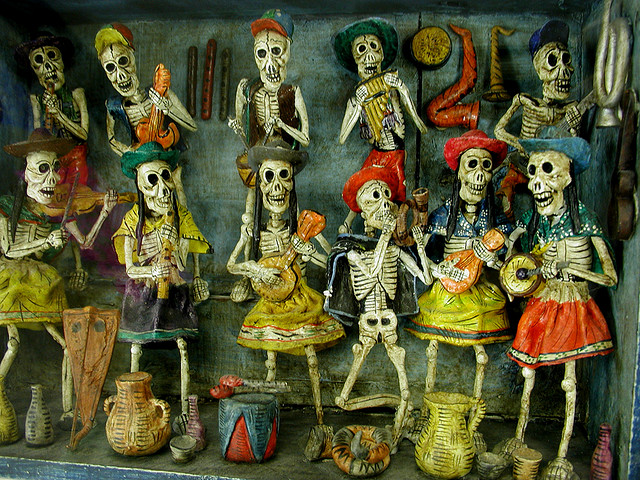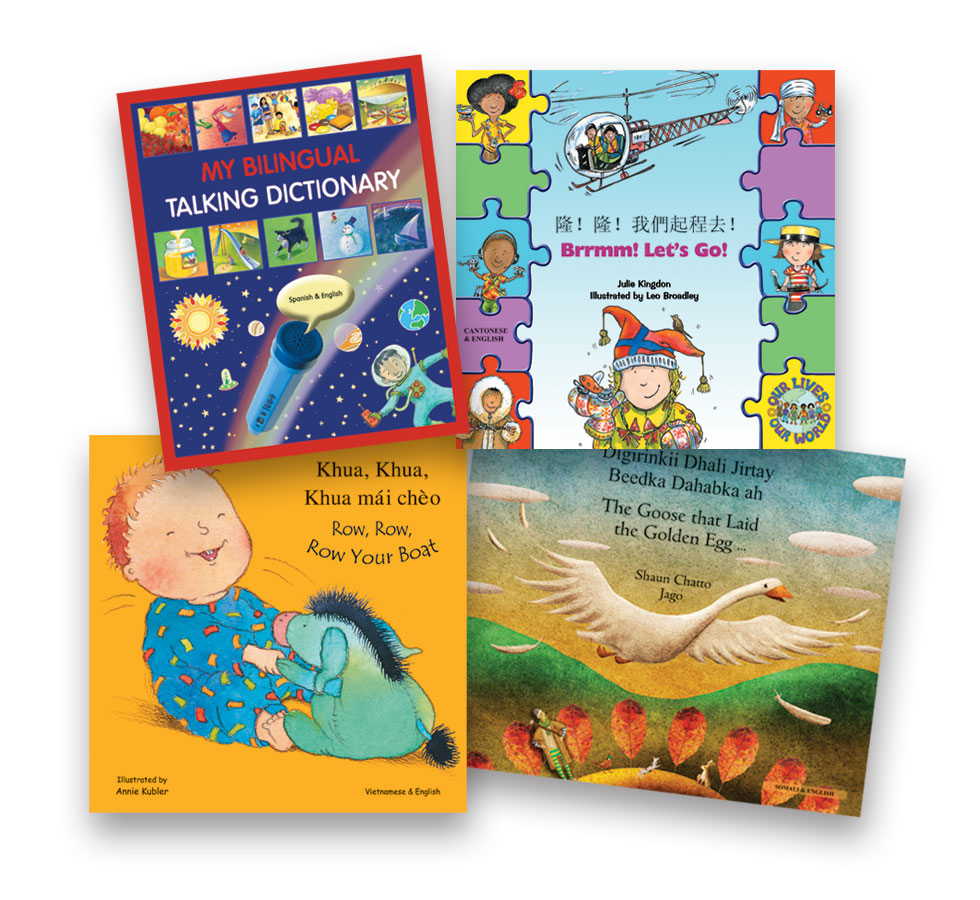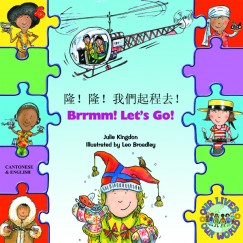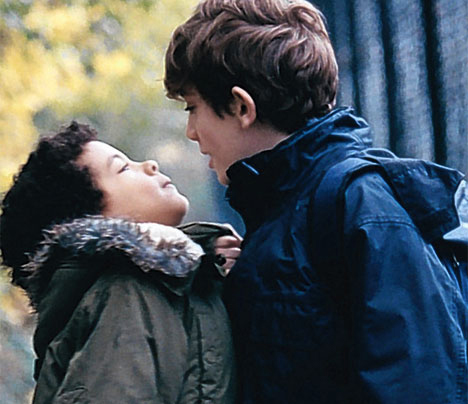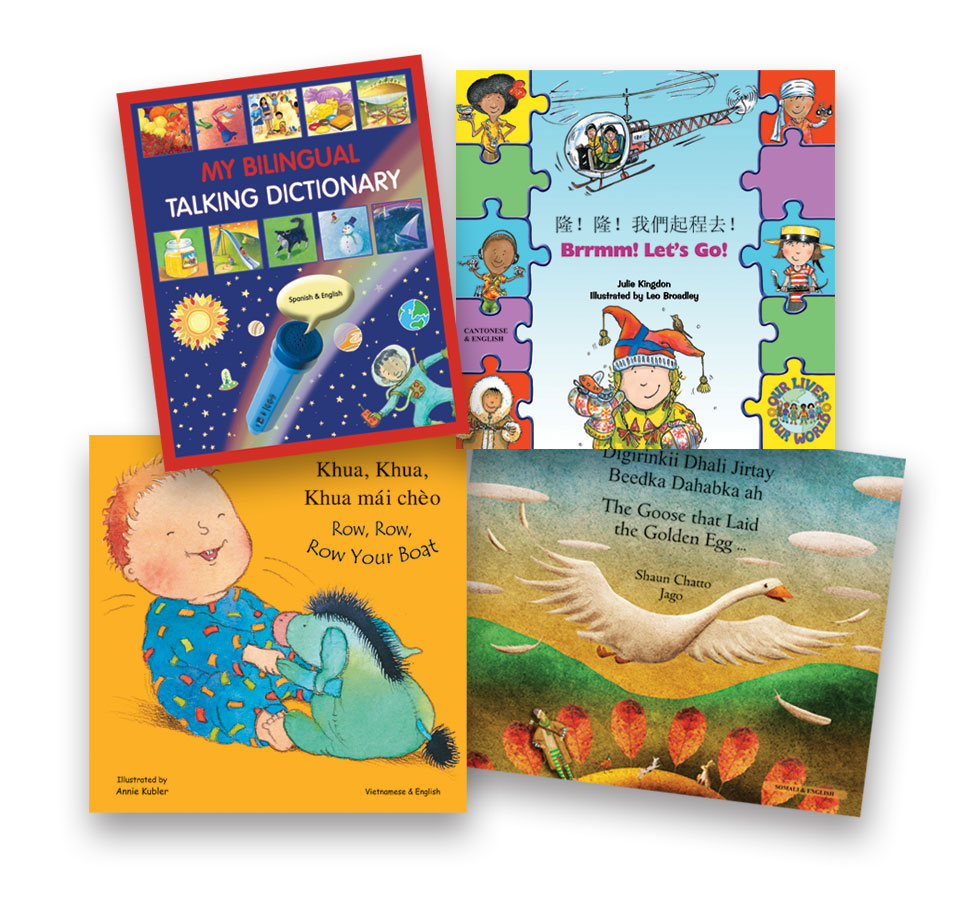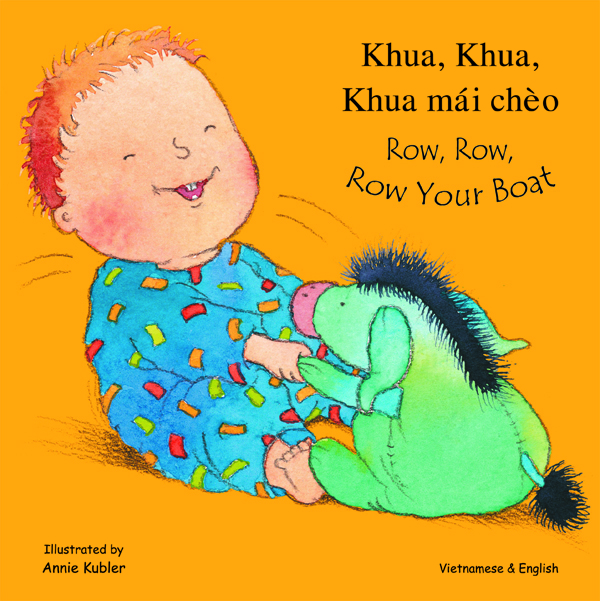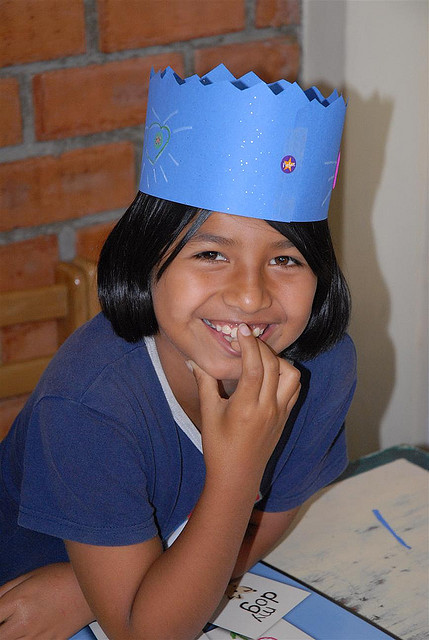Display for Día de los Muertos (or Day of the Dead in English), a holiday celebrated mainly in Mexico and by people of Mexican heritage living in the United States and Canada. The holiday is dedicated to the remembrance of friends and relatives who have died.
The air is becoming cold and crisp. Leaves are turning a vibrant gold, red and purple. Pumpkins dot the countryside and hay rides are a dime a dozen. Autumn is in full swing.
In addition to the............. CONTINUE READING
LANGUAGE & LITERACY BLOG
THANK YOU to everyone who participated in Language Lizard’s $250 Bilingual Book Giveaway! We were impressed with the number of entrants and very inspired by the feedback we received from participants! You are all working so hard to improve literacy and language skills among dual language learners.
We also appreciate all your efforts to teach children about other cultures and support a greater understanding of diversity and our multicultural community. If you would like to read some of the comments of our............. CONTINUE READING
October 18, 2011
In continuation of our celebration of The Bilingual Child Month, we’d like to share with you a review of three bilingual books that explore and celebrate global diversity. Read these books with your students to help them appreciate children just like them from around the world.
Goal! Let’s Play! – written by Joe Marriott and illustrated by Algy Craig Hall
Yum! Let’s Eat! – written by Thando Maclaren and illustrated by Jacqueline East
Brrmm!............. CONTINUE READING
October is here which means it is time to focus on celebrating bilingual children!
Although we know that childhood bilingualism is fabulous and fantastic, it feels as if many in this country haven’t yet come to realize this (let alone celebrate it).
When it comes to bilingual children, words such as worry and concern are often used: “We are concerned that the bilingual children in this country won’t learn English, especially if their parents speak to them in their heritage languages at home.”............. CONTINUE READING
September 27, 2011
The research extolling the benefits of bilingualism abounds in today’s day and age. Bilingualism helps us better understand the structure of languages and can give us an in-depth view of another culture. Bilingualism can delay the onset of Alzheimer’s symptoms. It can help people find jobs here in the United States and in other countries.
Although most of us in the United States don’t start learning additional languages until middle school or college, for some time............. CONTINUE READING
September 19, 2011
As schools open their doors each fall, students from all walks of life enter. Each has the opportunity to share with other students in the amazing experience of education. Wide-eyed and anxious, children slowly lower their guard and allow themselves to get comfortable with their teachers, fellow students and surroundings. The hope is that this experience will be filled with joy and comfort for each and every student.
For many English Language Learners (ELLs), school is a place of laughter, fun and............. CONTINUE READING
Research abounds about the benefits of bilingualism: the more exposure to languages from as early an age as possible is the best. Being that our brains are still growing and developing rapidly when we are young, multiple languages can be assimilated as seamlessly as a single language at this age. Some research even goes as far as defining optimal age limits within which languages should be learned for greatest benefits, primarily for picking up a native-like accent. However, experts enthusiastically agree............. CONTINUE READING
September 6, 2011
We are delighted to announce a chance for you to win $250 worth of bilingual books in your choice of languages!
Arabic, Bengali, Chinese, French, German, Gujarati, Haitian-Creole, Hindi, Japanese, Korean, Panjabi, Polish, Portuguese, Russian, Somali, Spanish, Swahili, Tamil, Turkish, Twi, Urdu, Vietnamese, and many more languages!
It is easy to enter! All you have to do is go to www.LanguageLizard.com/giveaway.htm and submit the entry form.
We’d love it if you could spread the word about this wonderful opportunity! By doing............. CONTINUE READING
Row, Row, Row Your Boat
Illustrated by Annie Kubler
Hardcover
Ages 0-3
Review by Maureen Pugh
This sturdy, oversized (it runs a little over 8 inches square) board book brings the classic song to life with a couple of giggle-producing twists – at least they made my 5-year old giggle!
The text runs through the classic poem three times, changing the ending the second and third times through. Toddlers will love the last verse, which has the reader row the boat to the “shore,” and then ends............. CONTINUE READING
August 27, 2011
Back-to-school sales line the aisles of supermarkets and drug stores; children roam department stores picking out new fall clothes; and parents rush around with check-lists of items their children will need in the coming weeks and months.
Yes, the school year is about to begin.
For bilingual children, this time of year may feel a little daunting, especially for those who will be starting school for the very first time. In addition to all of the feelings that many students face on their............. CONTINUE READING

